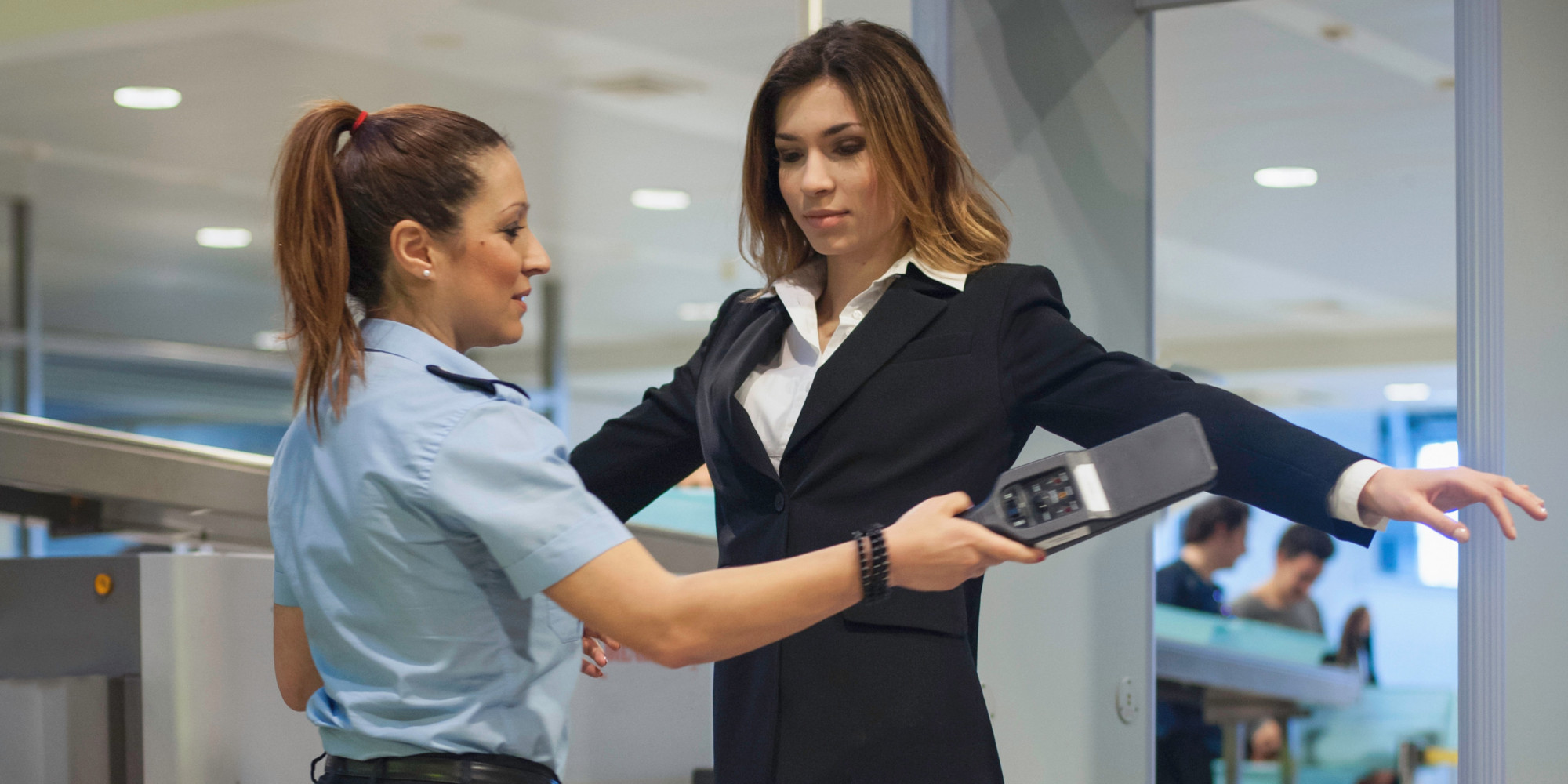After seeing how much x-rays showed, US airports had to alter their security scanners.
While US scanners may not pick up on your shaking dread, they used to pick up on a lot more than you think—so much so that they had to be dramatically modified.
TSA employed OSI Systems’ Rapiscan body scanners to evaluate airport travelers before the 2013 modification.
The scanners provided security personnel with a full-body infrared image after a 2009 bombing attempt with bomb parts in underwear.
It may seem normal, yet security agents could see you naked.
Obviously, that’s not a nice vacation start.
The scanners caused criticism, prompting TSA to order Rapiscan to create a new software problem to fix them.
Rapiscan informed TSA it could not meet the June 2013 deadline.
Thus, TSA discontinued scanner use.
“TSA has strict requirements that all vendors must meet for security effectiveness and efficiency,” it stated.
“Due to its inability to deploy non-imaging Automated Target Recognition (ATR) software by the Congressionally-mandated June 2013 deadline, TSA has terminated part of its contract with Rapiscan.
“By June 2013 travelers will only see machines which have ATR that allow for faster throughput.
“This means faster lanes for the traveler and enhanced security. As always, use of this technology is optional.”
There were 174 Rapsican body scanners still in use when the announcement went out, but they were phased out over the following months and replaced by new scanners created by the company L-3 Communications, which only show generic images of the customers passing through.

